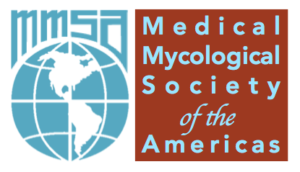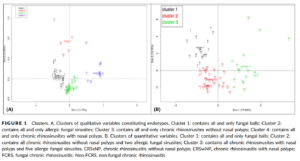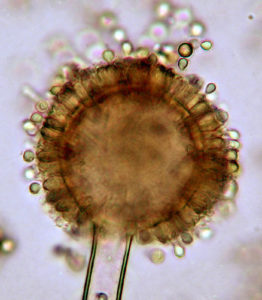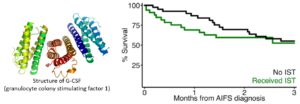Submitted by ROrritt on 6 October 2017
 Two naturally occurring compounds have been found to interfere with fungal cell walls in a study by researchers at Virginia Tech. Professor Sabrodo and colleagues wrote about the discovery in an article published in the journal Scientific Reports.
Two naturally occurring compounds have been found to interfere with fungal cell walls in a study by researchers at Virginia Tech. Professor Sabrodo and colleagues wrote about the discovery in an article published in the journal Scientific Reports.
The researchers found that the compounds, known as naringenin and hesperetin, are able to disrupt an enzyme called UDP-galactopyranose mutase (UGM). This enzyme is responsible for producing a sugar molecule that is one of the building blocks of Aspergillus fumigatus cell walls. In previous studies, blocking UGM has resulted in thinner fungal cell walls and weaker fungal infections in mice. The researchers hope that naringenin and hesperetin might, in the future, be used to combat A. fumigatus infection in the lungs.
Professor Sabrodo said “this work validates the use of an assay designed to target a specific region of UGMs. The compounds that were identified are the first generation inhibitors of UGM from eukaryotic human pathogens.”
Following this research, scientists will be looking to describe the structure of UGM when bound to the newly discovered compounds, to understand exactly how they work. Development of more effective derivatives of naringenin and hesperetin is the next step, leading to possible new drugs to treat fungal infections.
News archives
-
Title
Date








